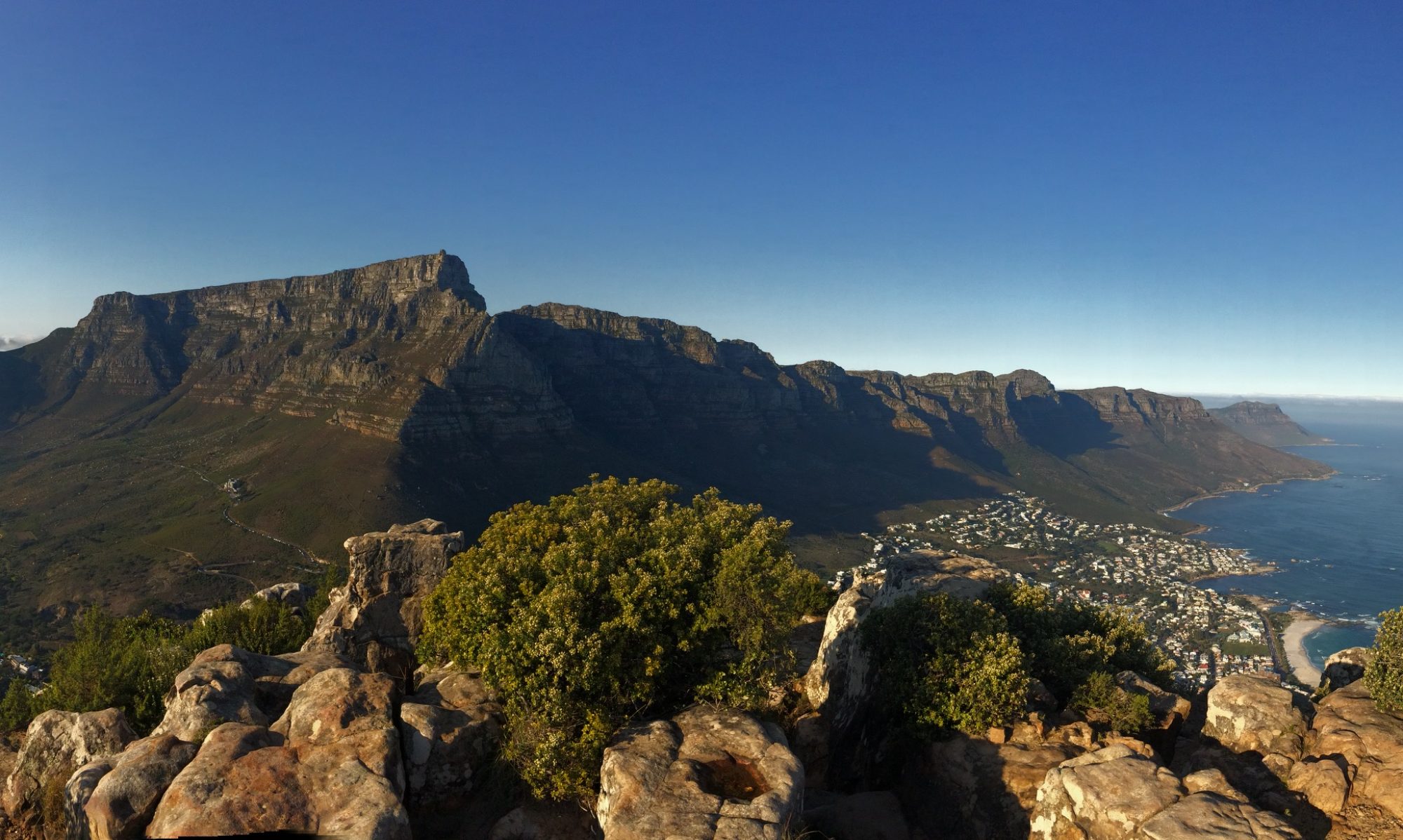Tonight you are lying in an ICU bed with a tube in your throat and a machine giving you breath. I know you hate that tube. I hope you are asleep and unaware of the battle going on inside your body.
All you wanted was to walk without fear of your knee giving out. Besides, you had an uneventful knee replacement a few years ago and you love the new knee. We knew the stakes were higher this time. The choice to operate was the one you needed to make.
I am far away from you, as I have been for most of my adult life. Now I must decide when to return to your side. Do I leave now? Or do I wait it out, hoping for rapid recovery? How will I know?
I want to visit with you and drink a cup of tea while discussing politics and the cuteness of Prince Louis. I hope that day comes soon.
